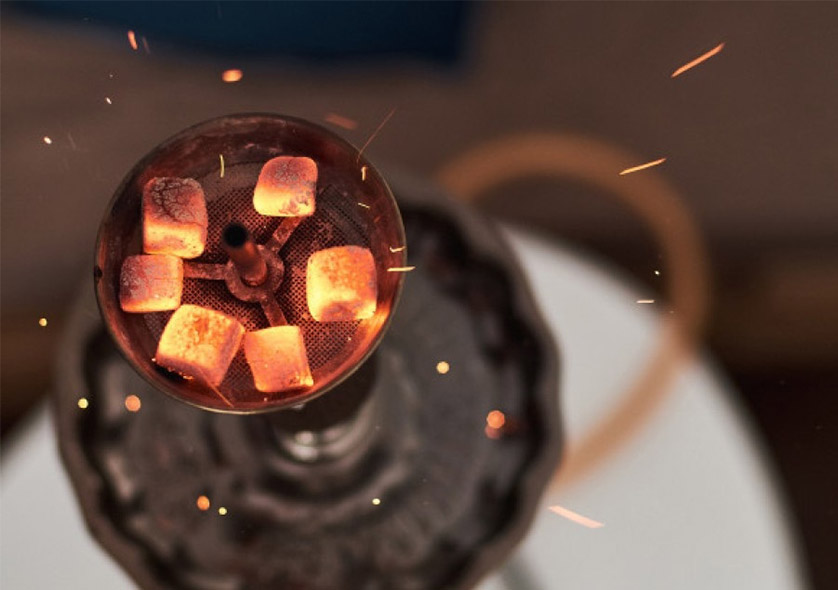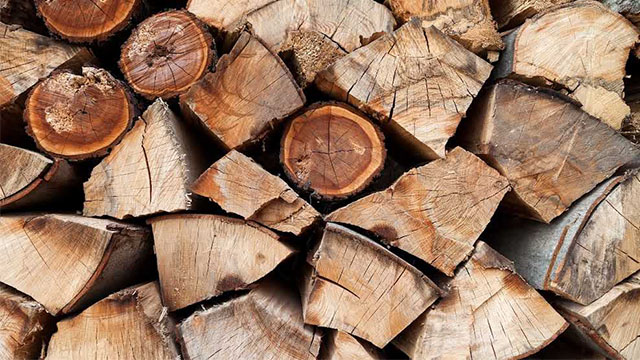Hookah charcoal, also known as shisha charcoal, plays a crucial role in the hookah experience by providing a consistent and clean-burning source of heat. The production of high-quality hookah charcoal depends heavily on the choice of biomass raw materials. The selection of suitable biomass not only impacts the burning properties and longevity of the charcoal but also its environmental footprint. This article explores various biomass raw materials that are ideal for producing hookah charcoal, emphasizing their unique characteristics and benefits.

Understanding Hookah Charcoal Production
Hookah charcoal is typically produced using a charcoal briquette making machine, which compresses biomass into uniform briquettes. These briquettes are then carbonized to remove volatile substances, leaving behind a high-carbon product that burns cleanly and efficiently. The process involves several stages, including grinding, drying, mixing with binders, briquetting, and carbonization.
Suitable Biomass Raw Materials
Coconut Shells
Coconut shells are one of the most popular biomass raw materials for producing hookah charcoal. They offer several advantages:
- High Carbon Content: Coconut shells have a high carbon content, resulting in charcoal with excellent burning properties.
- Low Ash Production: The ash content is minimal, which ensures a cleaner smoking experience.
- Sustainable: Utilizing coconut shells helps in waste management as they are a by-product of the coconut industry.
The use of coconut shells in a charcoal briquette making machine results in briquettes that are hard, dense, and long-lasting, making them ideal for hookah use.
Bamboo
Bamboo is another exceptional biomass material suitable for hookah charcoal production. Its rapid growth rate and abundant availability make it an environmentally friendly option. Key benefits include:
- High Heat Output: Bamboo charcoal has a high calorific value, providing sustained heat.
- Low Moisture Content: This leads to efficient carbonization and high-quality charcoal.
- Renewable Resource: Bamboo can be harvested in a sustainable manner, ensuring a continuous supply.
When processed in a bamboo charcoal making machine, bamboo produces durable briquettes with a consistent burn rate, ideal for prolonged hookah sessions.
Hardwood Sawdust
Hardwood sawdust, derived from species such as oak, hickory, and maple, is a widely used biomass raw material. It is appreciated for its:
- High Density: Hardwood sawdust produces briquettes that are dense and long-burning.
- Pleasant Aroma: Some hardwoods impart a subtle, pleasant aroma, enhancing the hookah experience.
- Abundant Availability: It is a by-product of the woodworking industry, making it a cost-effective material.
Using hardwood sawdust in a charcoal briquette making machine results in high-quality briquettes that provide steady and reliable heat.

Olive Pits
Olive pits are an often-overlooked but highly effective biomass material for hookah charcoal. They offer several distinctive advantages:
- High Energy Density: Olive pits have a high calorific value, ensuring long-lasting heat.
- Low Smoke Production: They produce minimal smoke and odor, enhancing the hookah experience.
- By-product Utilization: Using olive pits helps manage agricultural waste, contributing to sustainability.
Processed into briquettes using a charcoal briquette making machine, olive pits produce compact, efficient, and clean-burning hookah charcoal.
Rice Husks
Rice husks, a by-product of rice milling, are an abundant and cost-effective biomass raw material. Their benefits include:
- Sustainable Resource: Utilizing rice husks for charcoal production supports waste management.
- High Silica Content: This contributes to the stability of the charcoal briquettes.
- Economical: Rice husks are readily available and inexpensive.
Rice husks, when processed in a rice hull carbonizer, yield briquettes that are lightweight yet effective for hookah charcoal.
Coffee Grounds
Used coffee grounds are an innovative and sustainable biomass raw material for hookah charcoal. They offer several unique benefits:
- High Carbon Content: Coffee grounds produce charcoal with high carbon content and excellent burning properties.
- Aromatic: They impart a mild, pleasant aroma, enhancing the hookah experience.
- Waste Utilization: Using coffee grounds supports recycling and reduces waste.
Coffee grounds processed into briquettes using a charcoal briquette making machine result in high-quality hookah charcoal with a distinctive aroma.
Processing Biomass for Hookah Charcoal
Grinding and Drying
The first step in processing biomass is grinding the raw materials to a fine powder. This ensures uniformity and consistency in the briquettes. Following grinding, the biomass is dried to reduce its moisture content, which is critical for efficient carbonization and high-quality charcoal production.
Mixing with Binders
Binders such as starch or molasses are added to the dried biomass powder. These binders help in forming cohesive and stable briquettes during the compression process. The mixture is thoroughly blended to ensure an even distribution of the binder.
Briquetting
The blended mixture is then fed into a charcoal briquette making machine. This machine compresses the biomass mixture under high pressure to form briquettes. The pressure and shape of the briquettes can be adjusted to meet specific requirements, ensuring the production of uniform and dense briquettes suitable for hookah use.
Carbonization
The final step is carbonization, where the formed briquettes are subjected to high temperatures in the absence of oxygen. This process removes volatile substances, leaving behind a high-carbon product. The carbonization process is carefully controlled to ensure that the briquettes achieve the desired properties, such as high density and low ash content. Contact Beston Group for more shisha charcoal production solutions.
Advantages of Biomass-based Hookah Charcoal
Eco-friendly
Biomass-based hookah charcoal is environmentally friendly. It utilizes agricultural and industrial by-products, reducing waste and promoting sustainability. The carbonization process also produces fewer pollutants compared to traditional charcoal production methods.
Consistent Quality
Biomass raw materials such as coconut shells, bamboo, and hardwood sawdust produce charcoal with consistent quality. This ensures a reliable and enjoyable hookah experience, with steady heat output and minimal smoke production.
Cost-effective
Using readily available biomass materials reduces production costs. Agricultural by-products like rice husks and coffee grounds are inexpensive and abundant, making them cost-effective options for producing hookah charcoal.
High Performance
Biomass-based hookah charcoal offers excellent performance characteristics. It burns longer, produces consistent heat, and generates less ash compared to conventional charcoal. This enhances the overall hookah experience, providing a smooth and sustained smoking session.
Conclusion
The choice of biomass raw materials plays a pivotal role in the production of high-quality hookah charcoal. Coconut shells, bamboo, hardwood sawdust, olive pits, rice husks, and coffee grounds are among the most suitable materials, each offering unique benefits in terms of sustainability, performance, and cost-effectiveness. The use of a charcoal briquette making machine ensures efficient processing and consistent production of charcoal briquettes. As the demand for eco-friendly and high-performance hookah charcoal continues to grow, the utilization of these biomass raw materials will remain integral to sustainable and innovative charcoal production practices.